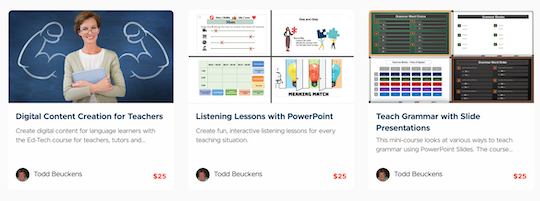How to Use Google Docs Voice Typing and ChatGPT to Organize Your Ideas
In this tutorial, we’re going to show you how to use Google Docs' voice typing feature to quickly capture your ideas and then refine them using ChatGPT. This method is perfect for when you’re experiencing writer’s block or simply need a faster way to brainstorm and organize your thoughts. Let’s dive in!
Step 1: Introduction to Voice Typing in Google Docs
Sometimes, writing can feel like a chore, especially when the ideas are in your head but refuse to come out on paper. That’s where Google Docs' voice typing feature comes in handy. Instead of typing, you can simply speak your ideas aloud, and Google Docs will transcribe them for you.
Step 2: Getting Started with Voice Typing
Here’s how you can use voice typing to brainstorm your ideas:
- Open Google Docs: Start by opening a new document in Google Docs.
- Activate Voice Typing: Go to the "Tools" menu and select "Voice typing." When you’re ready to speak, click the microphone icon to start recording your voice.
- Speak Clearly: As you speak, Google Docs will transcribe your words in real-time. Try to speak slowly and clearly to ensure accurate transcription.
For this example, let’s create a simple grammar lesson explaining the four different ways to use the word "should."
Step 3: Recording Your Lesson
While using voice typing, you can easily dictate your thoughts on the different uses of "should." Here’s a breakdown of the four ways you might explain:
-
Should for Suggestions:
- Example: "You should eat a healthy diet."
- Example: "You should see a doctor."
-
Should for Assumptions:
- Example: "The bus is late; it should be here by now."
- Example: "At that hotel, you should be able to pay by credit card."
-
Should for Regret:
- Example: "I should have gone to bed earlier."
- Example: "I shouldn’t have eaten so much chocolate."
-
Should as a Conditional:
- Example: "Should you need any help, please call me."
- Example: "Should you have any problems, let me know."
As you speak, Google Docs will capture these ideas, creating a rough transcript of your lesson.
Step 4: Refining with ChatGPT
Once you have your transcript, the next step is to refine it using ChatGPT. Here’s how:
- Copy the Transcript: Highlight the text in Google Docs and copy it.
- Open ChatGPT: Navigate to ChatGPT and give it a command to organize your transcript. For example, you might say, “Write a basic breakdown of the four ways to use 'should' based on the transcript.”
- Paste the Transcript: Paste your text into ChatGPT and let it work its magic. ChatGPT will organize your rough ideas into a more polished, structured piece of content.
Step 5: Finalizing Your Document
After ChatGPT has processed your text, you can copy the refined version back into your Google Doc. This process takes your spoken brainstorm and transforms it into a clear, well-organized lesson or article.
Conclusion: The Power of Voice Typing and ChatGPT
Using Google Docs voice typing combined with ChatGPT is a powerful way to overcome writer’s block and organize your thoughts quickly. Whether you’re drafting a lesson, brainstorming ideas, or just trying to get your thoughts down, this method streamlines the process and helps you create polished content with ease.
So next time you’re stuck, remember—you can simply speak your ideas, and with a little help from ChatGPT, turn them into a well-structured piece of writing. Give it a try and see how it can enhance your productivity!



